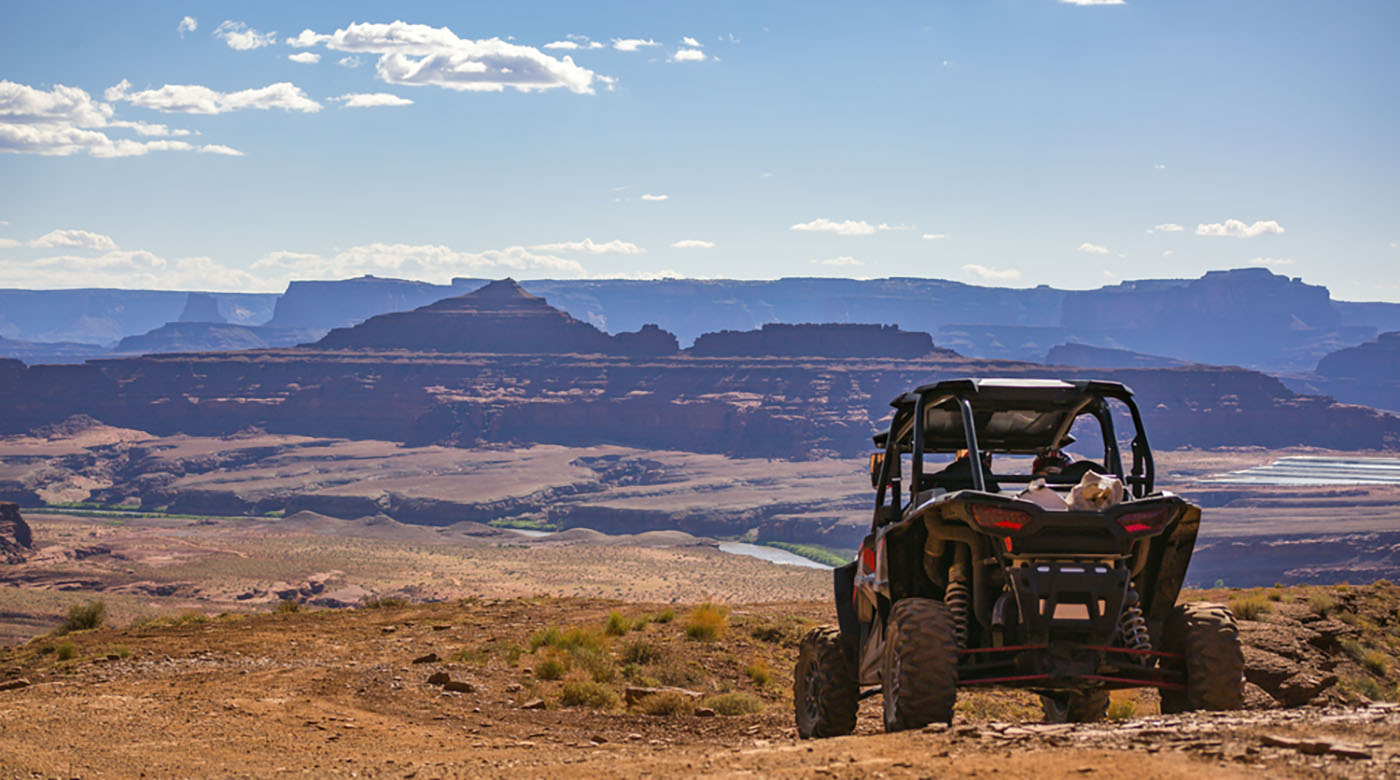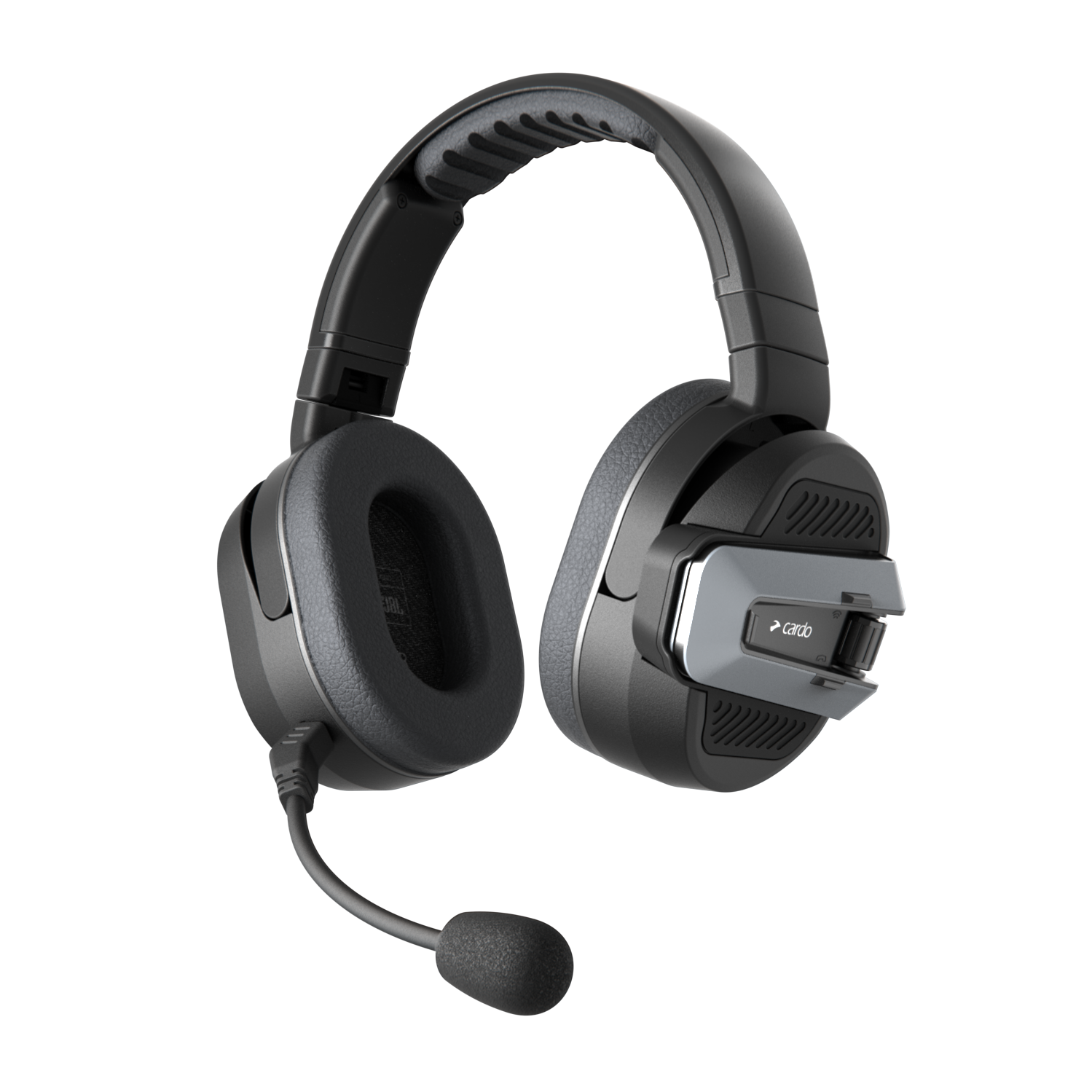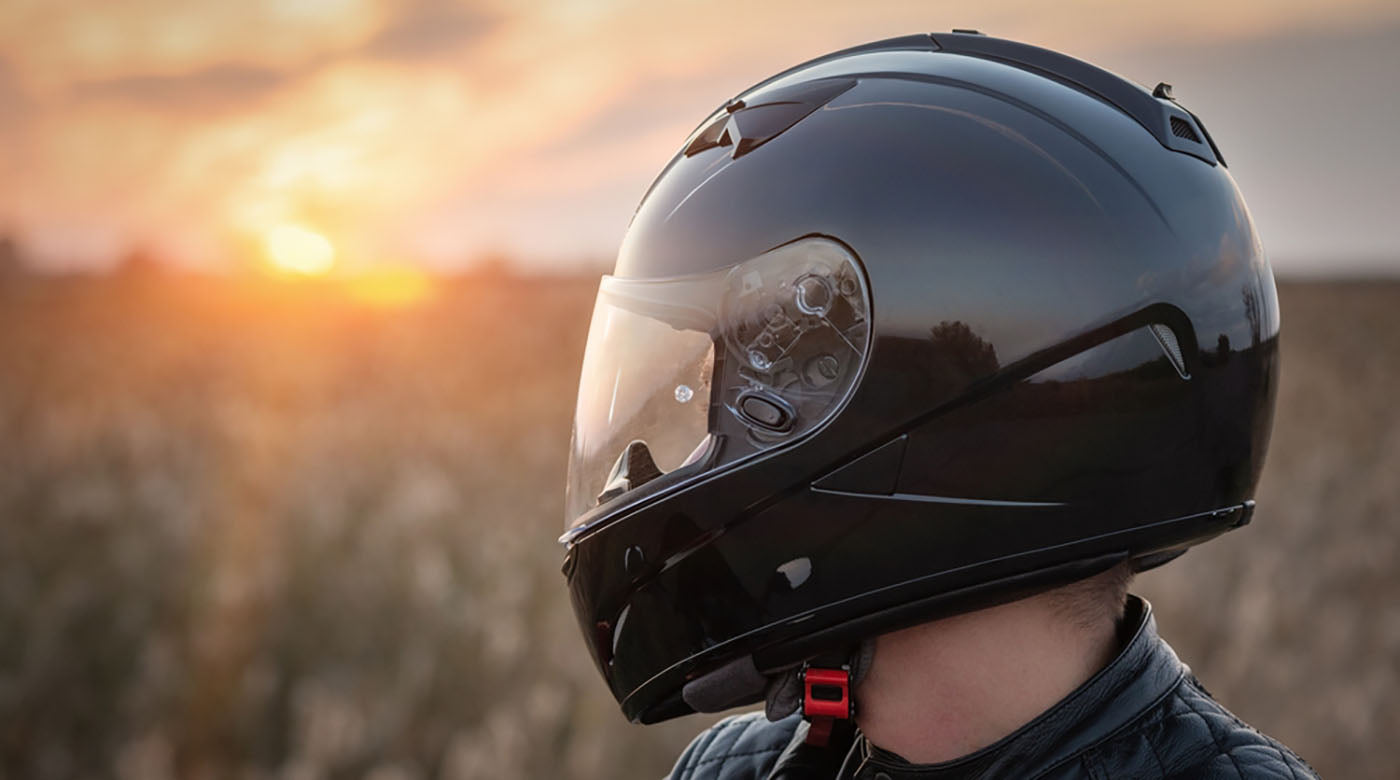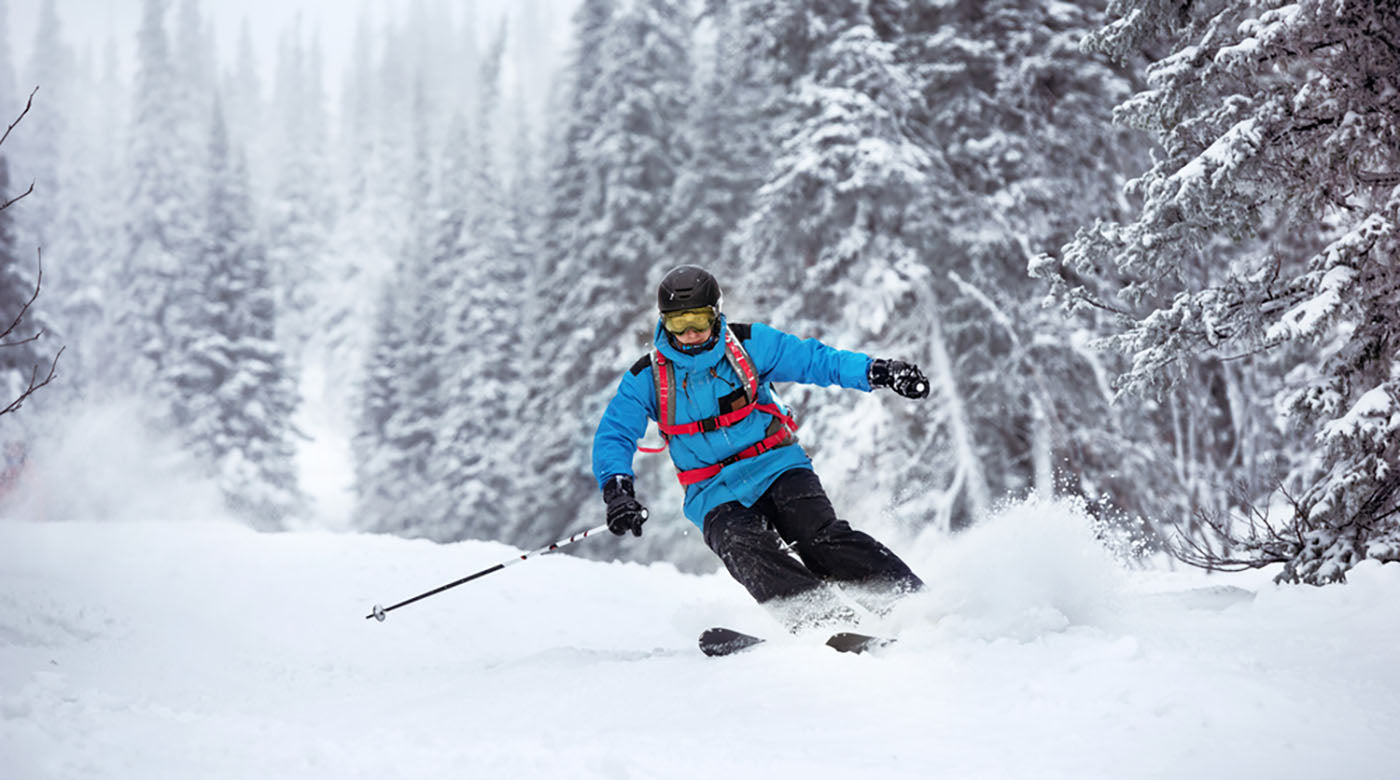Bulbous rock formations and carefully balanced climbs can easily be surmounted with well-equipped utility terrain vehicles (UTVs). The average off-roader is designed to navigate uneven terrain, but steep drops and inclines make for a bumpy ride that can throw you overboard and push your equipment to the breaking point. Use this rock-crawling guide to reinforce your gear and UTV against rigid terrain.
UTV Rock Crawling Gear
Expect more rough and tumble than your average off-road outing. That means doubling down on safety gear. Wear a helmet to protect your head from colliding with the interior roof. Pair your helmet with an ATV off-road communication system to talk hands-free to your passengers over the turbulence.
Rocks make for a harsh landing if you get thrown from the vehicle. Wear shoulder, knee and elbow pads over your riding ensemble to protect the parts of your body you’re most likely to land on. Bring a first aid kit to treat aches, cuts and scrapes. Cover any open wounds to prevent infection.
How to Prepare Your UTV for Rock Crawling
UTVs need serious muscle to climb obstacles that would bring other off-roaders to a halt. Some manufacturers offer XL models with reinforced tread patterns, higher stances and elite shock absorbers that are ready to ride. However, serious crawlers use machines modified with aftermarket parts.
Upgrade to mud tires with larger tread patterns to maximize contact with the ground. You can also increase the tire diameter to get more traction and increase your ground clearance, which helps you drive over obstacles that would otherwise damage the undercarriage.

Source: TYSON CURTIS/Shutterstock.com
Check which sizes are compatible with your UTV. You may need to raise the suspension to make room for larger tires. Installing a lift kit requires a total rebuild with new shocks, control arms, spacers and lift blocks. Thirty-three or 35-inch tires tend to work best. Lifting more than a few inches to make room for monster-truck-style treads will change your center of gravity, so avoid going too large for the sake of appearances.
Overly stiff rubber won’t bend to the variances. Reduce your tire pressure to no less than half your usual psi to increase flexibility. Don’t forget to reinflate when driving on loose gravel and forest debris.
Pair your new tires with matching beadlock wheels to prevent the tire from slipping off the rim when exposed to excess friction.
Moving larger tires requires more power. If your specs change dramatically, use gear reduction to maintain enough torque to get up and over boulders. You’ll lose speed on the high-end, but you shouldn’t go faster than five to 10 mph even when racing.
Everyone needs to buckle up to avoid flying out of their seats. Install five-point seat belts, handrails, nets or doors to keep your passengers inside the vehicle. Encourage them always to keep a grip to steady themselves. Add a skid plate to the undercarriage and control arms to cushion your vehicle against the rocks.
You should have winch capabilities to latch onto another vehicle, a nearby tree or a stable ledge to boost yourself out of a tight situation. Bring a fire extinguisher to prevent the gas tank from exploding in an accident.
Rock Crawling Tips
Read on for some helpful tips before your next rock crawling outing.
Never Ride Alone
Another UTV gives you a firm surface to latch on to when you get stuck. If the vehicle can’t be moved, you can have the other person get help or give you a ride back to your car. Coordinate wirelessly with off-road headsets to track your location and give each other tips on navigating the terrain.
Survey the Landscape
Reducing your speed gives you more time to avoid obstacles, but subtle variances in the rocks and unexpected shifts can throw you off course or flip the vehicle. Keep your hands on the wheel and a close eye on the structure and stability of the formation when choosing where to drive. Use the Cardo Packtalk Edge ORV to connect to your companion automatically when in range so you don’t have to adjust your headset during the trip.
Plan an Exit
Exploring new areas takes trial and error. You might mount a rock or take a wrong turn only to realize you’ve bitten off more than your UTV can chew. When testing your limits, ensure there are flat offshoots to bow out if the path becomes impassable.

Source: Jason Finn/Shutterstock.com
Nothing will get your blood boiling and reflexes tingling like crawling through a rock garden. Use extra protection and modify your UTV to prepare for what’s sure to be a rough ride.
Use the Cardo Packtalk Edge ORV to Connect Wirelessly on Bumpy Terrain










